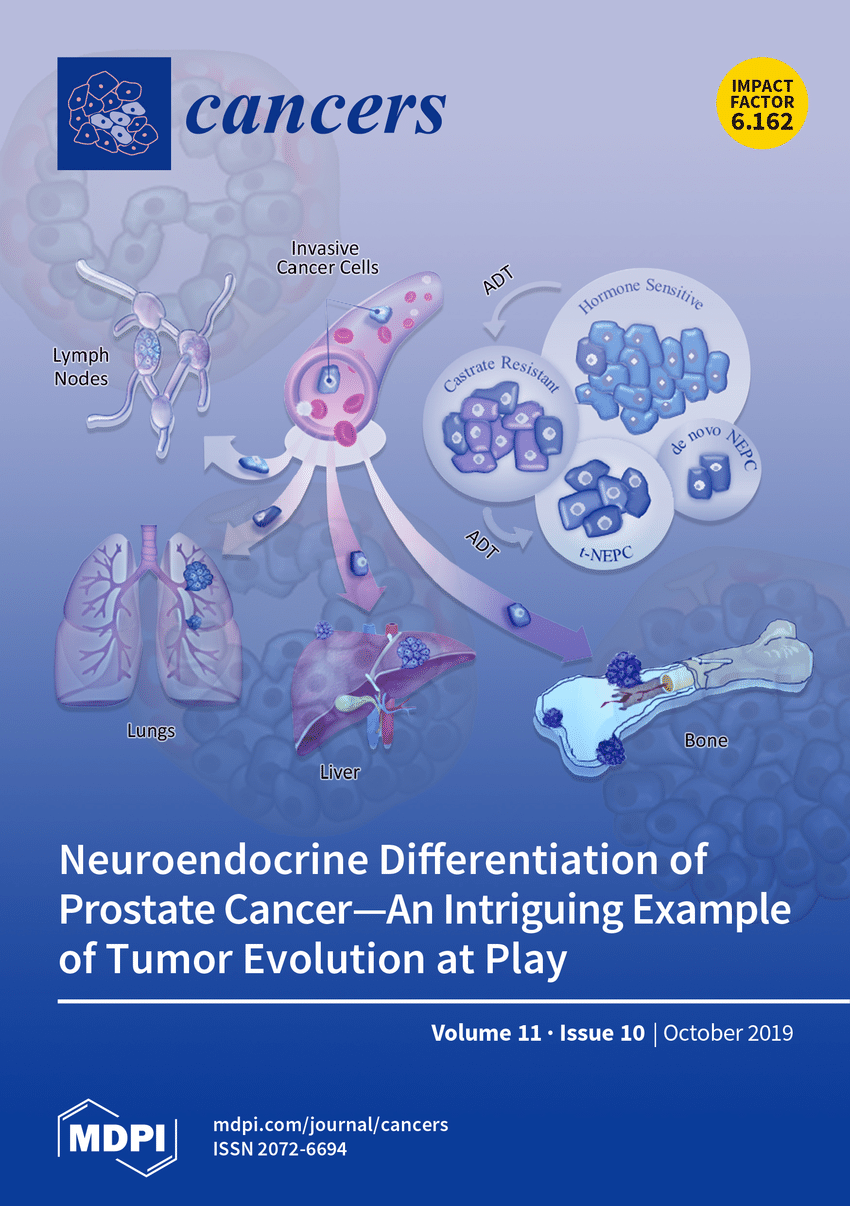CRISPR在小鼠癌症体内研究中的应用
IF 4.5
2区 医学
Q1 ONCOLOGY
引用次数: 6
摘要
简单摘要在原核生物中发现了规则间隔的短回文重复序列(CRISPR),该技术也可用于编辑哺乳动物细胞的基因组。这一发现于2020年获得诺贝尔奖,因为CRISPR为编辑人类基因组开辟了新的可能性。CRISPR已被应用于研究癌症,因为该方法允许许多新的方法来建模疾病。这包括癌症临床前模型的开发,其中CRISPR用于产生在人类癌症中发现的突变。因此,可以在生理相关的环境中研究独特的突变,CRISPR技术加速了这些模型的工程化。这篇综述的重点是探索目前在成人组织中CRISPR编辑的知识,以生成研究癌症的临床前模型。摘要簇状规则间隔短回文重复序列(CRISPR)在癌症研究中广泛应用于特定基因的编辑和功能研究。这适用于体外和体内研究,其中CRISPR技术加速了特定功能丧失或获得突变的产生。这篇综述的重点是CRISPR通过编辑特定器官中的体细胞来生成癌症体内模型。讨论了CRISPR/Cas向指定组织和特定细胞区室的递送,重点讨论了不同的方法及其优点。CRISPR/Cas的一个优点是可以在同一细胞中同时靶向多个基因,从而产生复杂的突变谱。这种复杂性对结果的解释和分析本文所讨论的样品的不同方法提出了挑战。CRISPR诱导的肿瘤在临床前模型中也不同于经典肿瘤。特别是CRISPR诱导的肿瘤的克隆进化为癌症生物学提供了新的见解。最后,该综述讨论了CRISPR技术在临床前模型中的未来前景,重点是体内筛选、CRISPR激活/抑制,以及为引入特定基因编辑而开发的引物/碱基编辑。本文章由计算机程序翻译,如有差异,请以英文原文为准。
Application of CRISPR for In Vivo Mouse Cancer Studies
Simple Summary Clustered regularly interspaced short palindromic repeats (CRISPR) were discovered in prokaryotes, and the technology can also be used to edit the genome in mammalian cells. The discovery was awarded the Nobel Prize in 2020, as CRISPR has opened up new possibilities to edit the human genome. CRISPR has been applied to study cancer because the method allows for many new ways to model the disease. This includes the development of pre-clinical models of cancer, where CRISPR is used to generate mutations that are found in human cancer. Therefore, unique mutations can be studied in a physiologically relevant setting, and CRISPR technology has accelerated the engineering of these models. This review focuses on exploring the current knowledge of CRISPR editing in adult tissues for generating pre-clinical models to study cancer. Abstract Clustered regularly interspaced short palindromic repeats (CRISPR) are widely used in cancer research to edit specific genes and study their functions. This applies both to in vitro and in vivo studies where CRISPR technology has accelerated the generation of specific loss- or gain-of-function mutations. This review focuses on CRISPR for generating in vivo models of cancer by editing somatic cells in specific organs. The delivery of CRISPR/Cas to designated tissues and specific cell compartments is discussed with a focus on different methods and their advantages. One advantage of CRISPR/Cas is the possibility to target multiple genes simultaneously in the same cell and therefore generate complex mutation profiles. This complexity challenges the interpretation of results and different methods to analyze the samples discussed herein. CRISPR-induced tumors are also different from classical tumors in pre-clinical models. Especially the clonal evolution of CRISPR-induced tumors adds new insight into cancer biology. Finally, the review discusses future perspectives for CRISPR technology in pre-clinical models with a focus on in vivo screening, CRISPR activation/inhibition, and the development of prime/ base-editing for the introduction of specific gene editing.
求助全文
通过发布文献求助,成功后即可免费获取论文全文。
去求助
来源期刊

Cancers
Medicine-Oncology
CiteScore
8.00
自引率
9.60%
发文量
5371
审稿时长
18.07 days
期刊介绍:
Cancers (ISSN 2072-6694) is an international, peer-reviewed open access journal on oncology. It publishes reviews, regular research papers and short communications. Our aim is to encourage scientists to publish their experimental and theoretical results in as much detail as possible. There is no restriction on the length of the papers. The full experimental details must be provided so that the results can be reproduced.
 求助内容:
求助内容: 应助结果提醒方式:
应助结果提醒方式:


